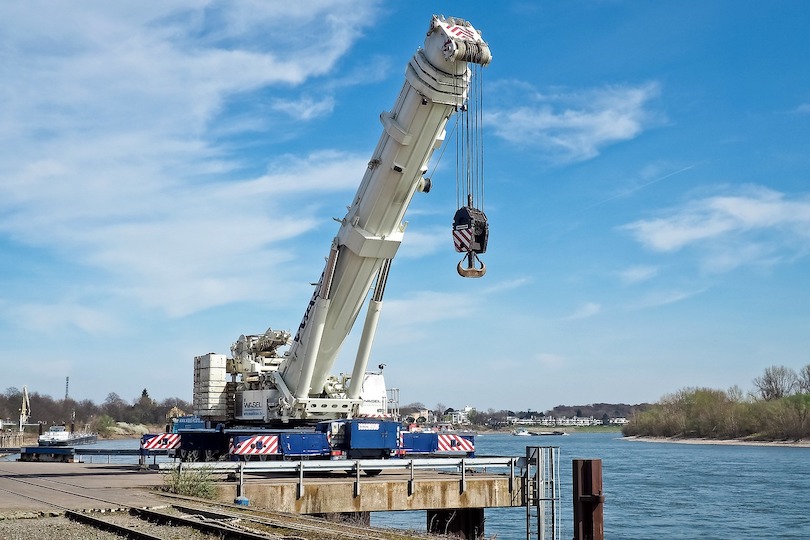When lifting operations are being conducted in your working area, think on the hazards associated with, prior to start your activity and the control measures related to the lifting operations.
First, the load is being lifted by a mechanical device operated by a human being. Both are subject to limitations and failures. Something can go wrong despite our best intentions. Loads can be heavy, difficult to rig, and are subject to unexpected movement. There is only one sure way to avoid injury, STAY CLEAR OF THE LOAD!
Always be aware of what is happening around you and above you – Lifting Operations In Progress.

Others may not be as conscientious as they should. An lifting operator may not even think of the danger of moving a load over your head. If you see a load coming, get out of the way. Do not forget to look out for your buddy also.
Riggers and others may have to work near a suspended load in order to guide it into position – The use of tag lines can help keep you out of harm’s way. The tag line will put distance between yourself and the load in the event the load shifts or moves unexpectedly. Tag lines can help keep a load under control but remember, your weight is no match against a load that has started to swing or spin and develop momentum. Let it settle down on its own. Make sure that the tag line has no knots.
When tending tag lines, never loop the line around your hand, arm, or body. This could cause you to be dragged along with the load. Wear gloves. This helps you avoid rope burn.
Lastly, be sure if you are guiding a load with a tag line that your travel path is clear and safe before the load is suspended. You will be spending a lot of time watching the lifted load, rather than where you are going. It would be a shame to take all of the precautions to avoid being caught by the load, only to be injured in a fall.
Lifting operations must be carefully assessed and suitable control measures in place together with a specific lifting plan, all this leading to the a safe and successful operation.
Important
The toolbox talks always must a dialog and not a monolog. You need to be sure that all your team have a clear understanding of the discussed topic. ALWAYS ASK FOR FEEDBACK – THIS WILL HELP
